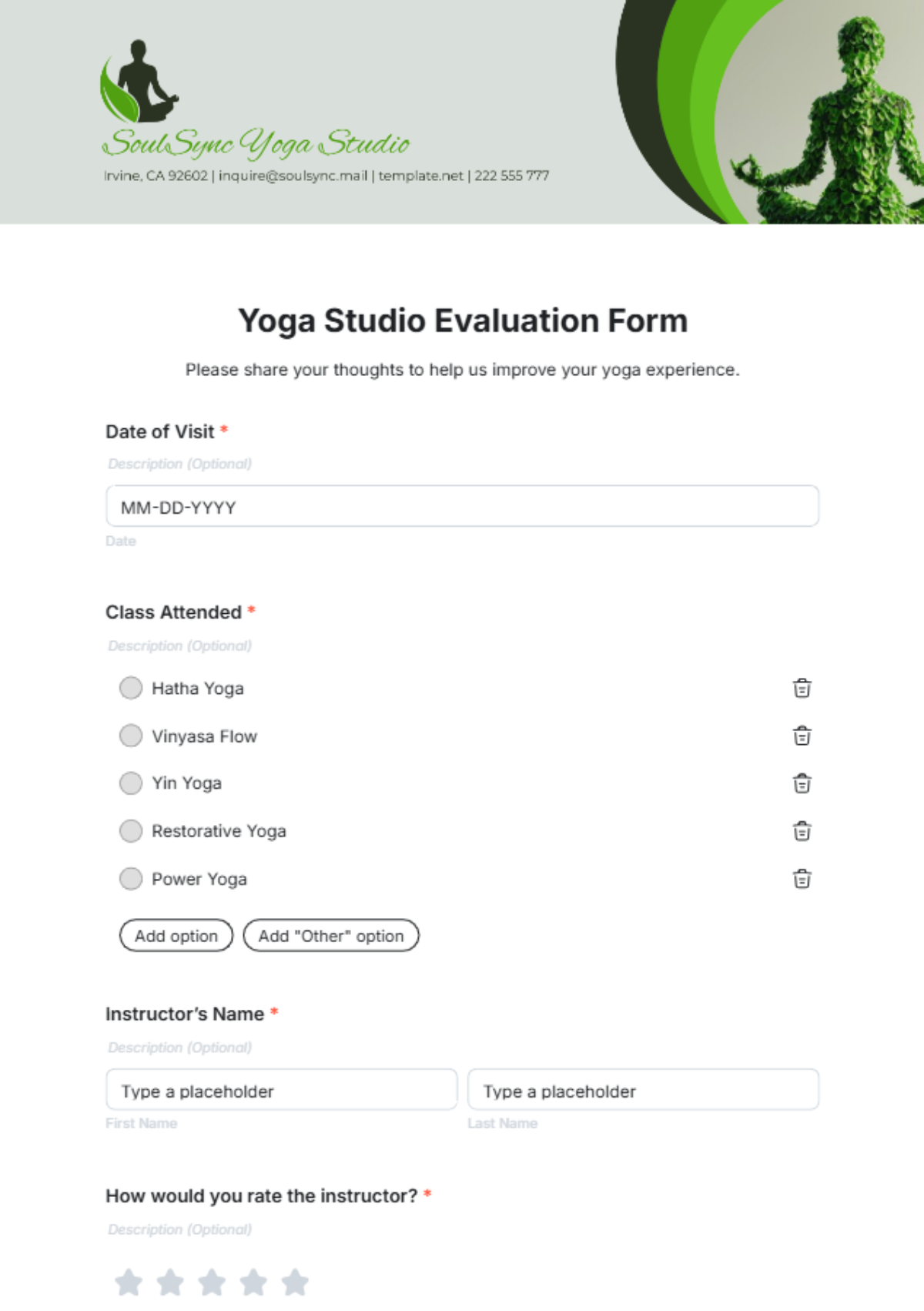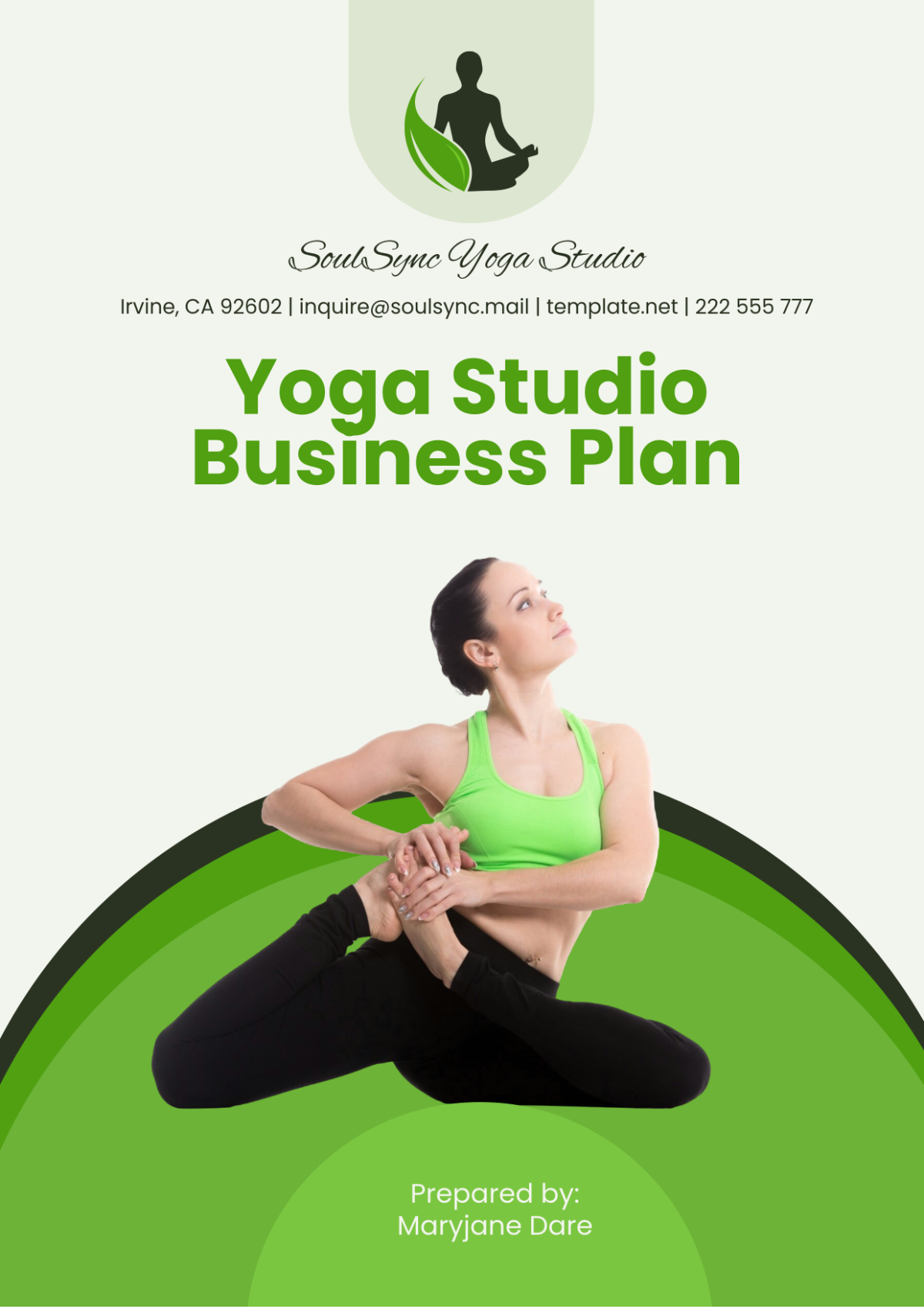Yoga Protocol
Name: | [Your Name] |
|---|---|
Company Name: | [Your Company Name] |
Date: | [Current Date] |
I. Objective
This protocol aims to guide individuals in effectively managing stress through a structured yoga practice incorporating relaxation techniques, mindfulness practices, and calming breathwork.
II. Preparation
Create a tranquil environment free from distractions.
Settle into a comfortable seated position on a yoga mat or cushion.
Close the eyes gently and begin to focus inward.
III. Centering and Grounding
Take a few deep breaths to center and ground yourself in the present moment.
Practice a grounding meditation by visualizing roots extending from the base of the spine into the earth, anchoring and stabilizing the body.
IV. Pranayama (Breathwork)
Begin with Diaphragmatic Breathing (also known as Belly Breathing) to calm the nervous system and deepen relaxation.
Progress to Equal Breathing, inhaling, and exhaling for an equal count, promoting balance and steadiness of mind.
Introduce Sama Vritti (Equal Ratio Breathing), where inhalation, exhalation, and retention phases are of equal length, fostering mental clarity and emotional equilibrium.
V. Mindfulness Meditation
Practice mindful awareness of the breath, observing the sensations of inhalation and exhalation without judgment.
Cultivate present-moment awareness by focusing on bodily sensations, sounds, or the rise and fall of the abdomen with each breath.
Incorporate a body scan meditation, systematically bringing attention to different parts of the body, releasing tension, and promoting relaxation.
VI. Asana Practice (Postures)
Lead participants through a series of yoga asanas (postures) specifically chosen for their stress-relieving benefits.
Asana | Benefits |
|---|---|
Child's Pose | Relieves tension in the back and shoulders, calms the mind. |
Cat-Cow Stretch | Improves spinal flexibility, massages abdominal organs. |
Forward Fold | Releases tension in the hamstrings and lower back promotes relaxation. |
Legs-Up-the-Wall | Relieves swelling in the legs and feet, soothes the nervous system. |
Downward-Facing Dog | Lengthens the spine, strengthens the arms and legs. |
VII. Progressive Muscle Relaxation
Systematically tense and release different muscle groups throughout the body, starting from the feet and working upward to the face and scalp.
Encourage participants to notice the contrast between tension and relaxation, allowing muscles to soften and let go of any accumulated stress.
VIII. Yoga Nidra (Yogic Sleep)
Guide participants through a Yoga Nidra practice, a deeply relaxing guided meditation technique that induces a state of conscious relaxation similar to sleep.
Lead a systematic rotation of awareness through various parts of the body, inviting a sense of profound relaxation and inner peace.
IX. Closing and Integration:
Gradually transition back to a seated position, maintaining a sense of calm and centeredness.
Offer gratitude for the practice and its benefits, acknowledging the opportunity for self-care and stress relief.
Encourage participants to carry the feelings of relaxation and mindfulness cultivated during the practice into their daily lives.
X. Conclusion
This Yoga Protocol for Stress Reduction provides a comprehensive framework for individuals to manage stress effectively through the integration of relaxation techniques, mindfulness practices, and calming breathwork. By incorporating these practices into their routine, participants can cultivate greater resilience, inner peace, and overall well-being amidst the challenges of modern life.

















































